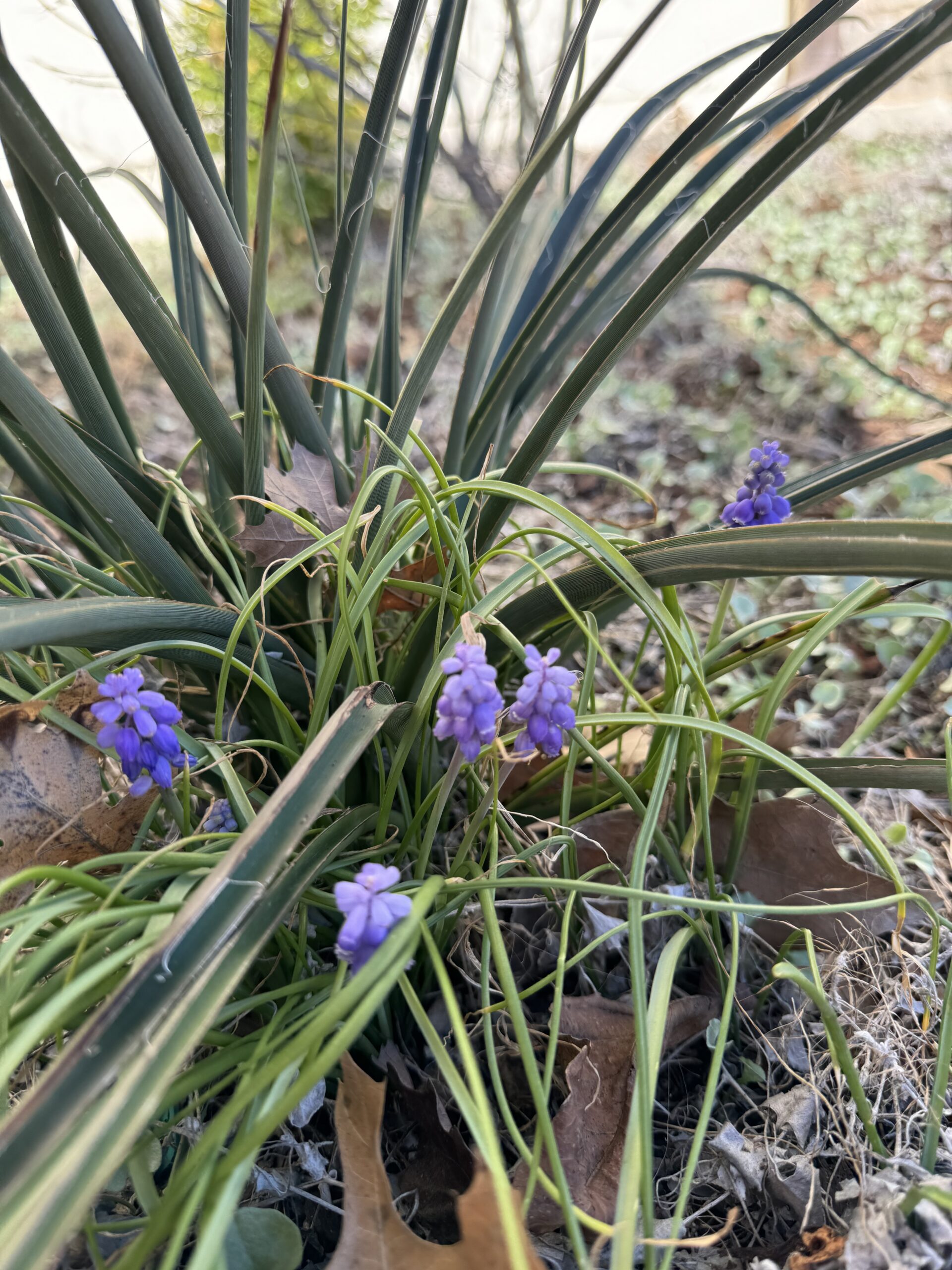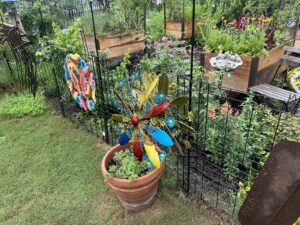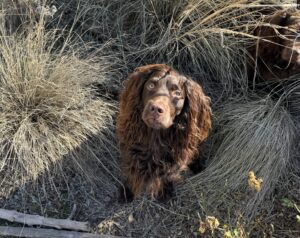Next week I am expecting temperatures to reach 88F/31C. Time to make a plan.
Watering the garden is actually one of the. most satisfying charms of growing plants. It is a time to connect with the active life of each plant in the garden. Time to watch pollinators flitting along the flowers and lizards scurrying along the fence top.
It is also challenging to use water productively in the garden. I am learning every year about being mindful about irrigation and my plants always seem to be thankful not to drown or wither. So I want to know more about using water to best advantage this year. We are going to practice the three steps listed below.
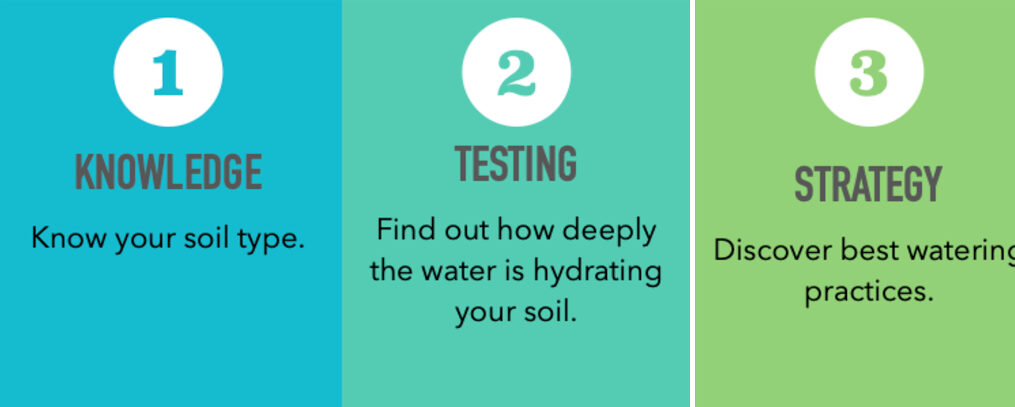
Know Your Soil Type
The first step in this process is to know your soil type. Do you have a sandy soil? This soil has larger particles which allow water and nutrients to drain swiftly. Additions of compost and organic matter will aid in holding water and reducing runoff. If, as I do, you find yourself with a clay soil the challenge will still be to hold the appropriate amount of water . Clay soils have fine particles which stack together like plates. At first the clay sheds water rapidly but then as the water is absorbed it is held for extended periods of time, possibly harming plant roots. Again we look to compost, organic material and increased microbial activity to fluff the clay. There is a soil luckily in the middle called loam. This soil is a mixture of larger and smaller earth particles along with organic matter. It holds the appropriate amount of water without allowing nutrients to runoff or drowning plant roots.
Give It a Test
Once you have an idea of the structure of your soil it is time to test the depth of water infiltration based on time of irrigation. I am performing this in beds around trees, shrubs, perennials and annuals because our lawn doesn’t have the depth of soil needed at this time. You may need to fluff compacted mulches before this test.
Step one is to run your water the length of time you normally have been doing. Allow the water to irrigate gently into the soil and wait for a bit allowing it to soak in.
Step two its to take a trowel and dig down to a depth of 5 or 6 inches. Feel the soil. Dry? Increase watering time and test again. More wet than a damp sponge? Clumping together squashily? Water for a shorter amount of time. Keep testing until you have a good idea of how long to allow the irrigation to run.
Make a Plan
This year I have decided to use drip irrigation and underground Ollas as my watering strategy The drip hoses will meander throughout the garden beds. They will circle shrubs and run in a spiral around the drip line of trees. These porous hoses deliver a gentle flow of water and can connect end to end reaching to the extent I need. There may be some drawbacks such as sun exposure to the hose causing deterioration in time. I could find clogging of the pores to be a concern but I found them at such a good price it makes me happy to give it a try for this year.
The other strategy is a good one! I am burying Ollas in the veggies, near new plantings of shrubs and such, also using them to get water directly to the plants that appreciate a moister soil. An Ollla is and ancient watering tool going back in time around 2000 years. They are made of unglazed terracotta. The unglazed condition is very important for the water to move from the container to the soil when the plant need it. The plants roots will generally circle the Olla without crushing it but for trees you need to be wary of their strong root system.
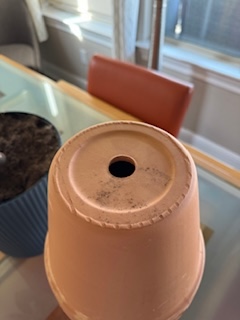

Currently my Ollas are very simple indeed. I use an unglazed terracotta flowerpot and plug the drain hole using waterproof silicone. This Olla is soaked in a tub of water for 30-40 minutes and then buried to the rim where I want to deliver the water. Now the large opening of the flowerpot is covered with the catch tray, a tile, or a large enough saucer. This last step prevents evaporation and mosquitos or other bugs getting in. To water the plants you fill the Ollas and return to check every day or two. In the cooler weather you will need to fill them less often. The plant will also determine the rate at which the Ollas need to be topped up as well. Squash, tomatoes, watermelons, and peppers are very thirsty whereas I find my holly bushes in fabric pots to last 3-5 days before needing any more water.
I’m looking forward to trying these techniques for watering the garden this year and learning more ways to use water to the best benefit this year.

